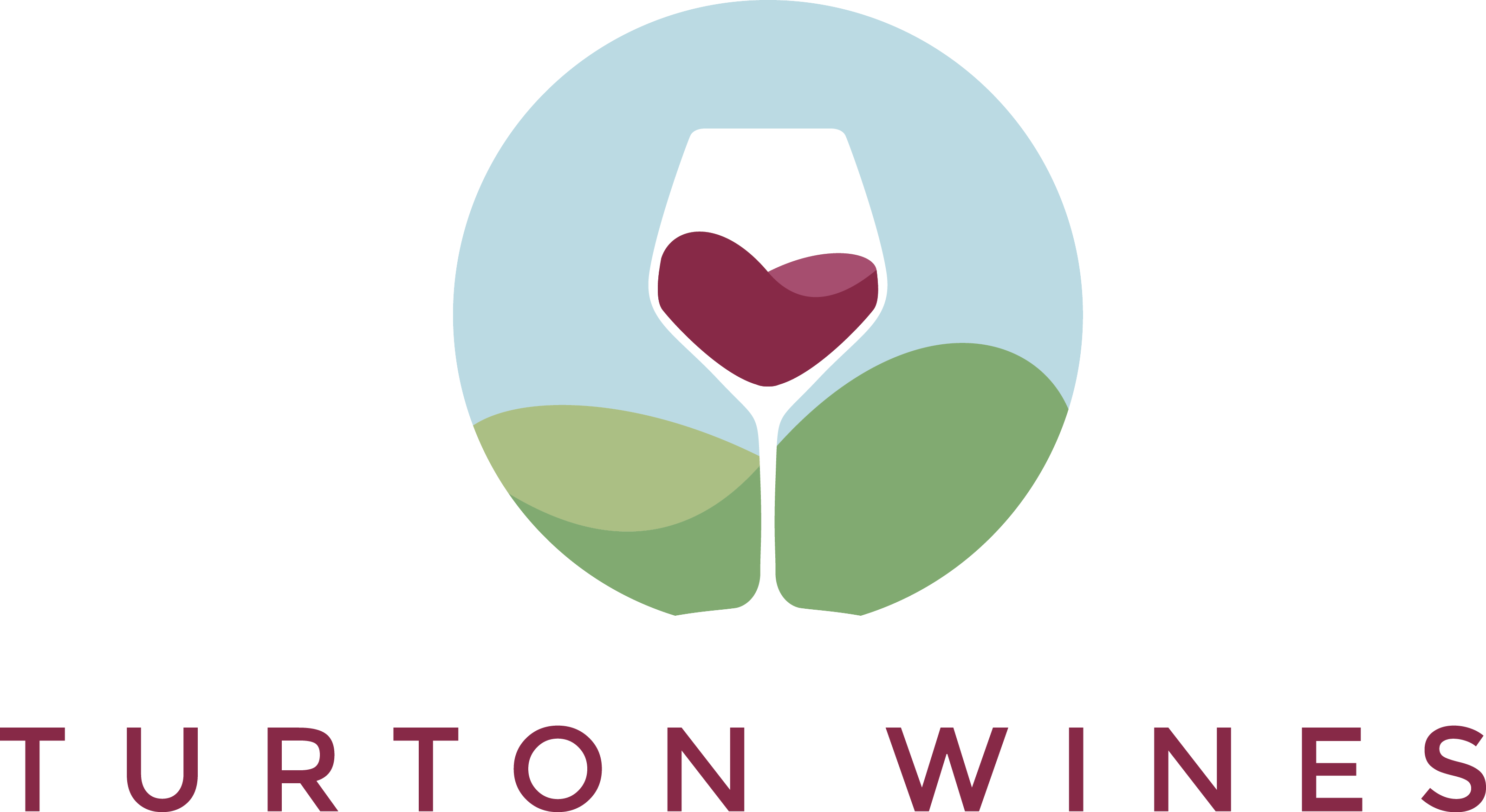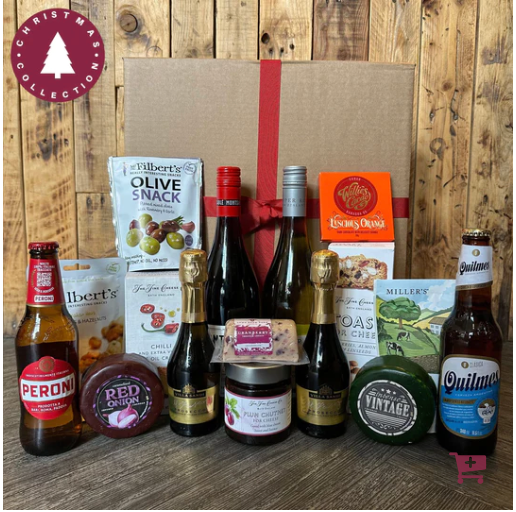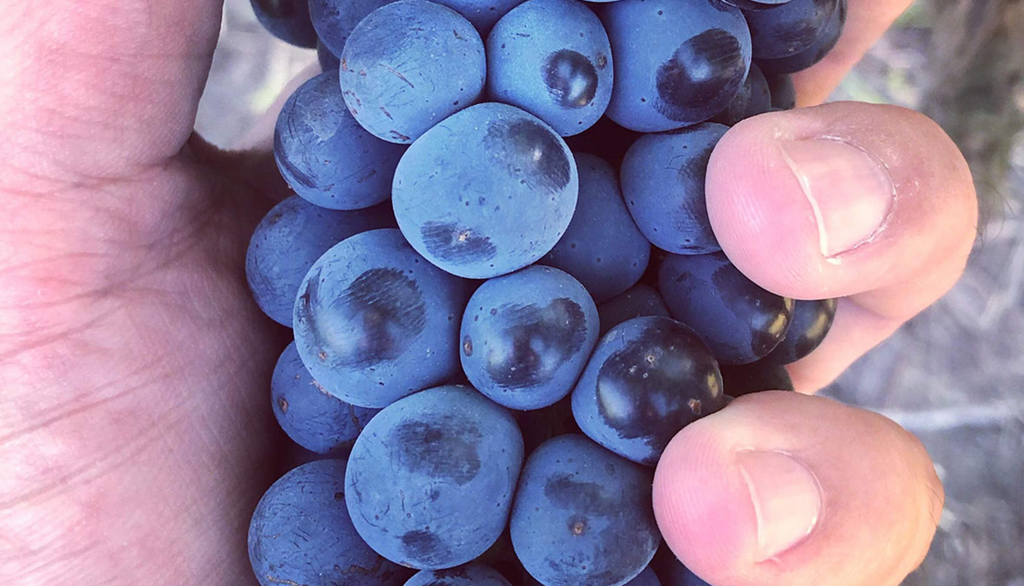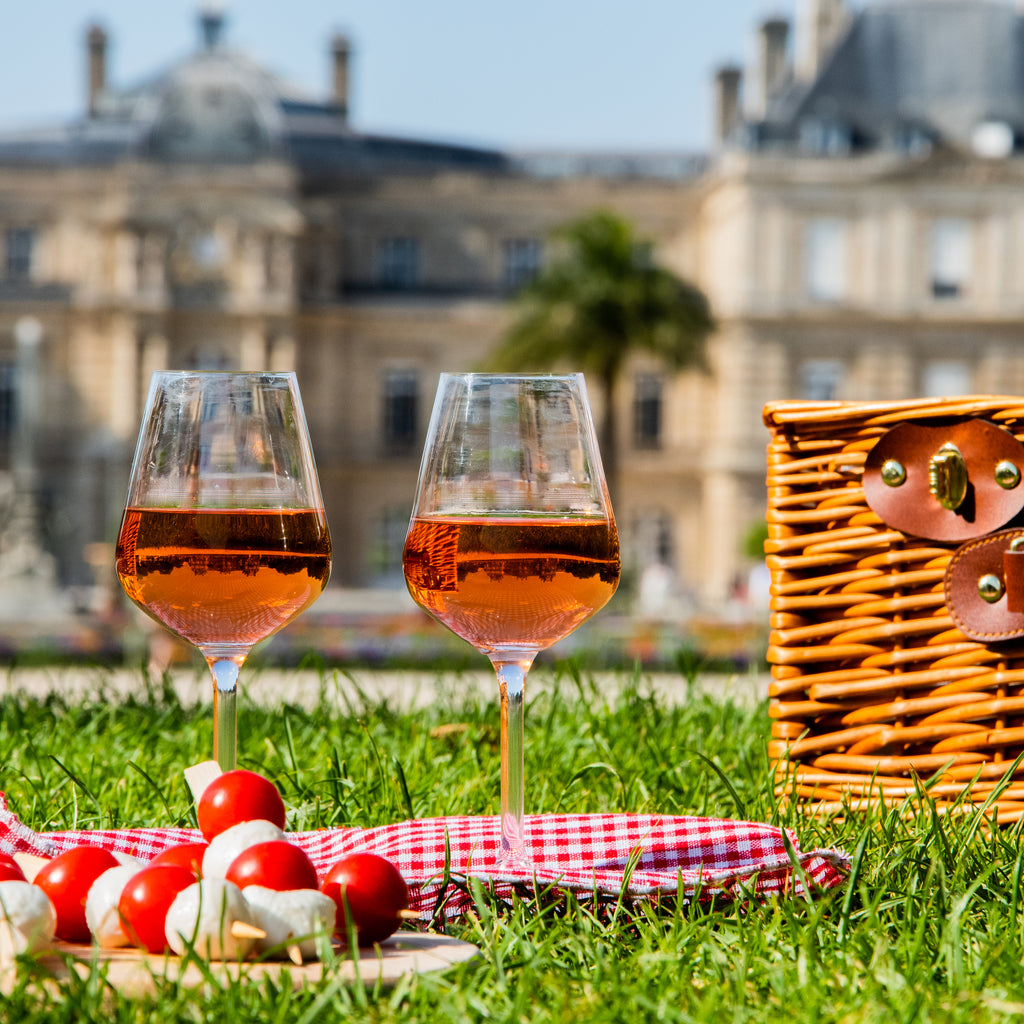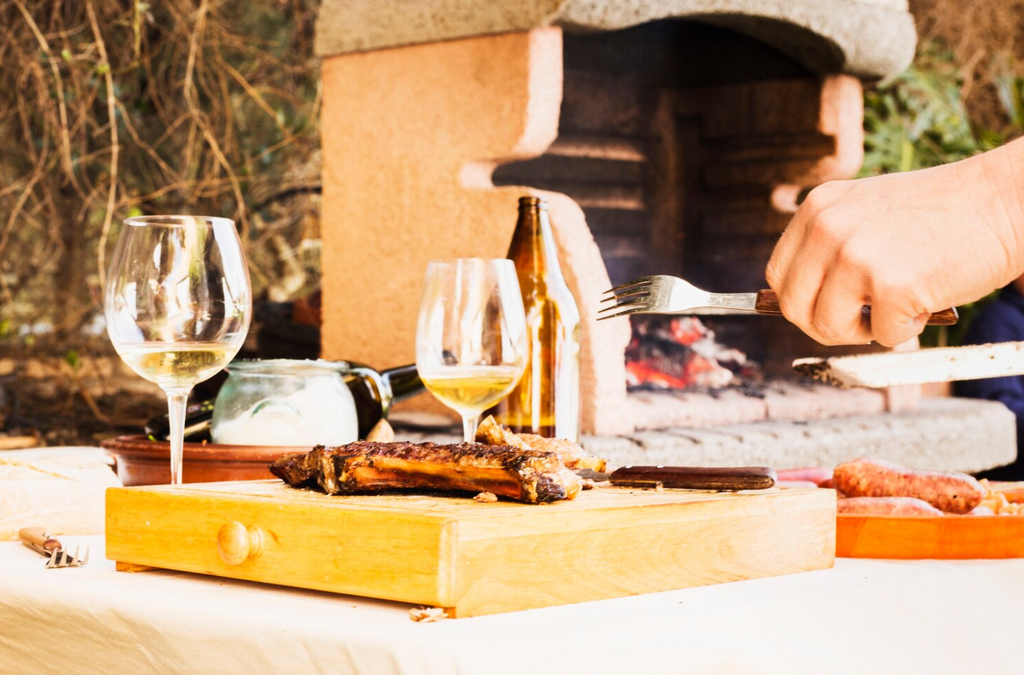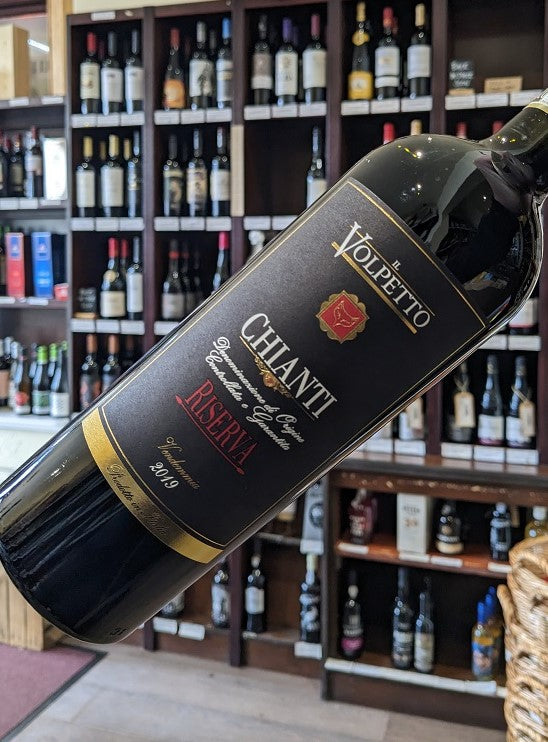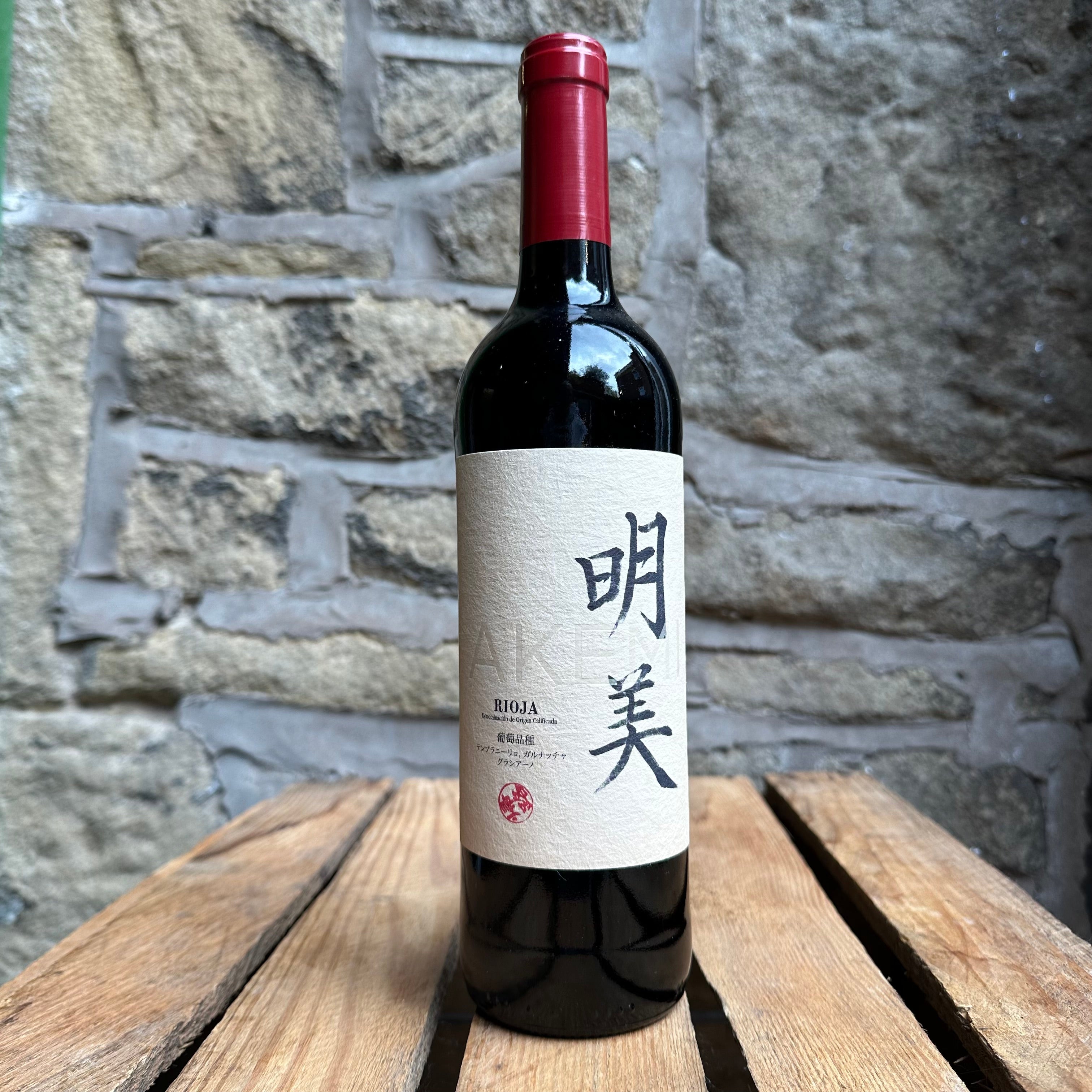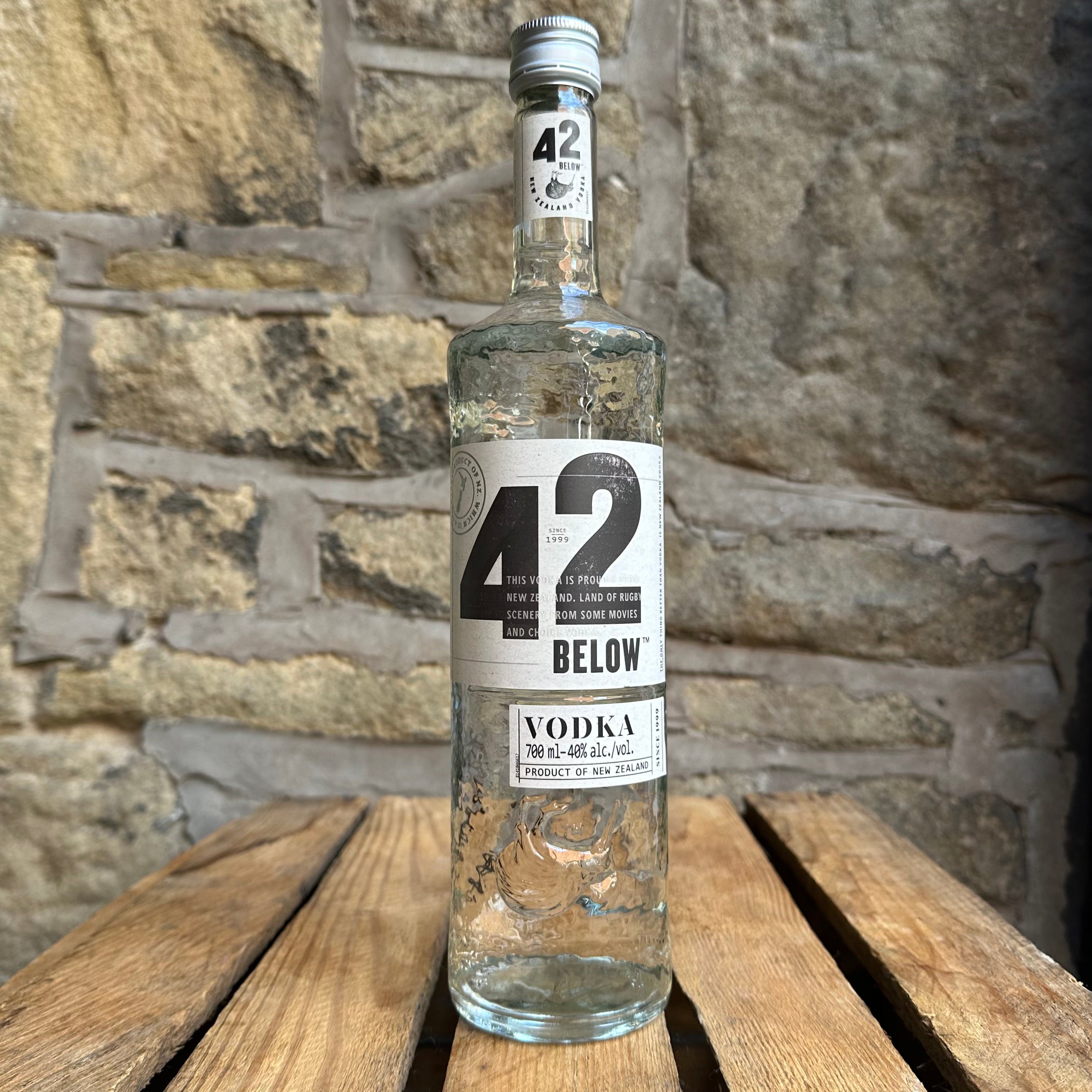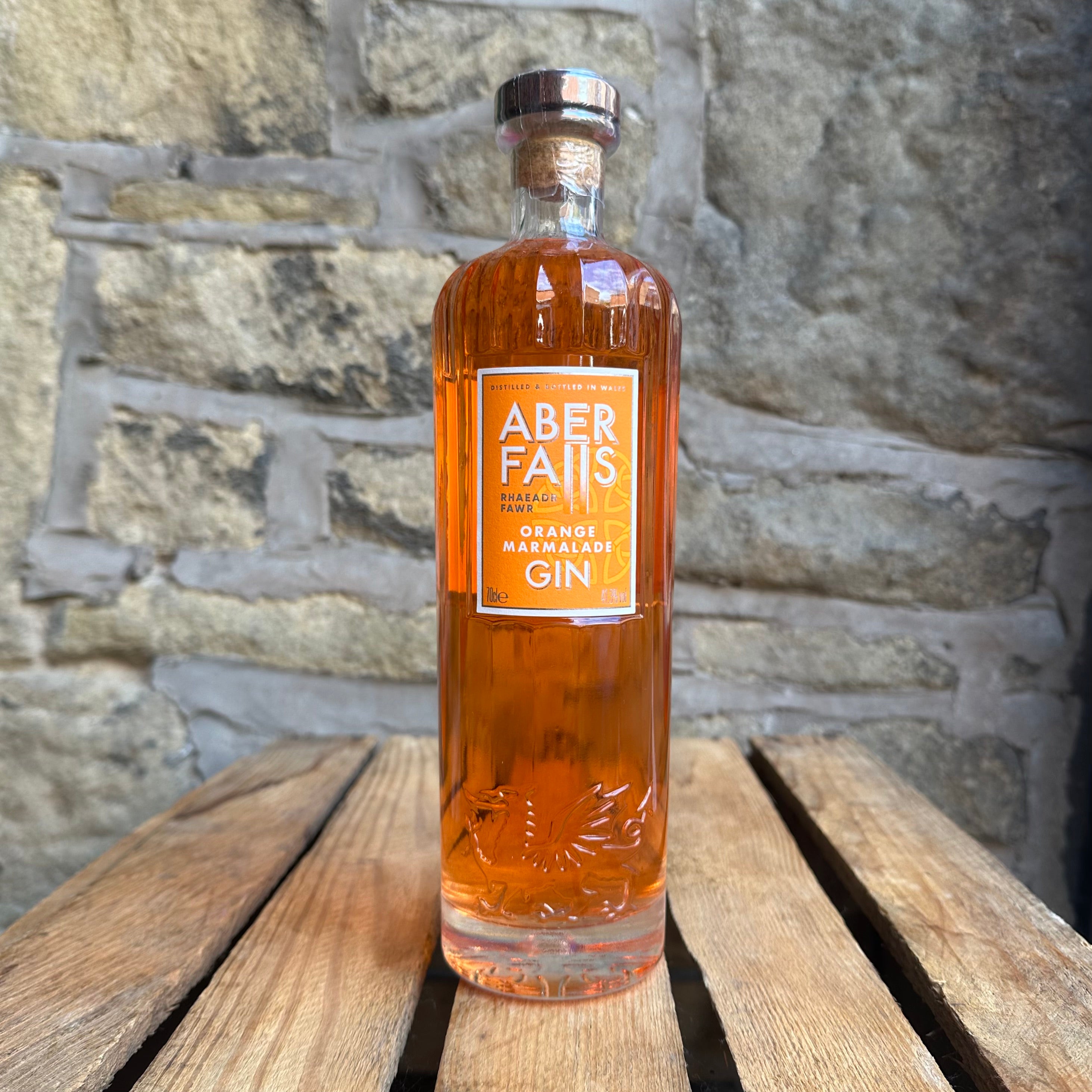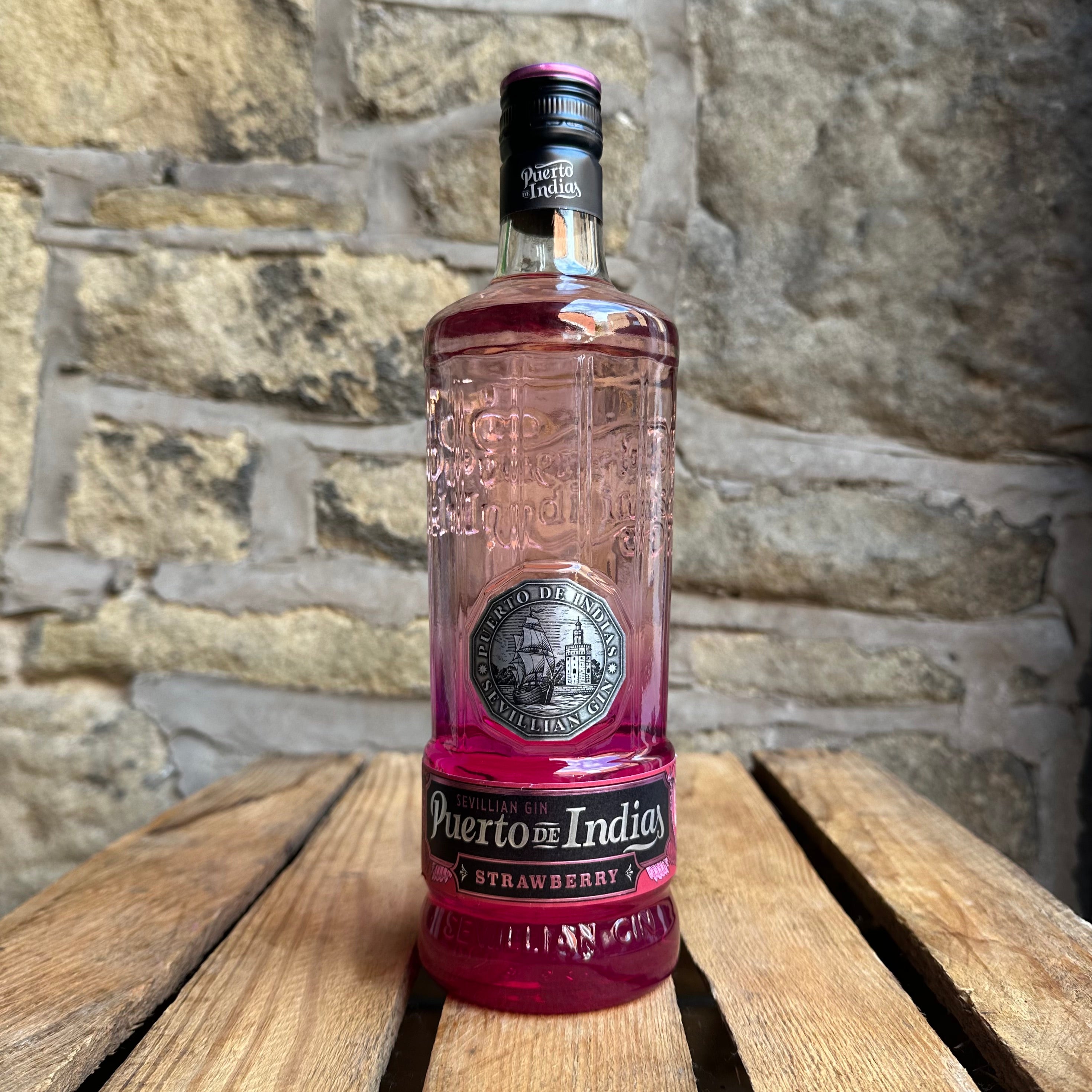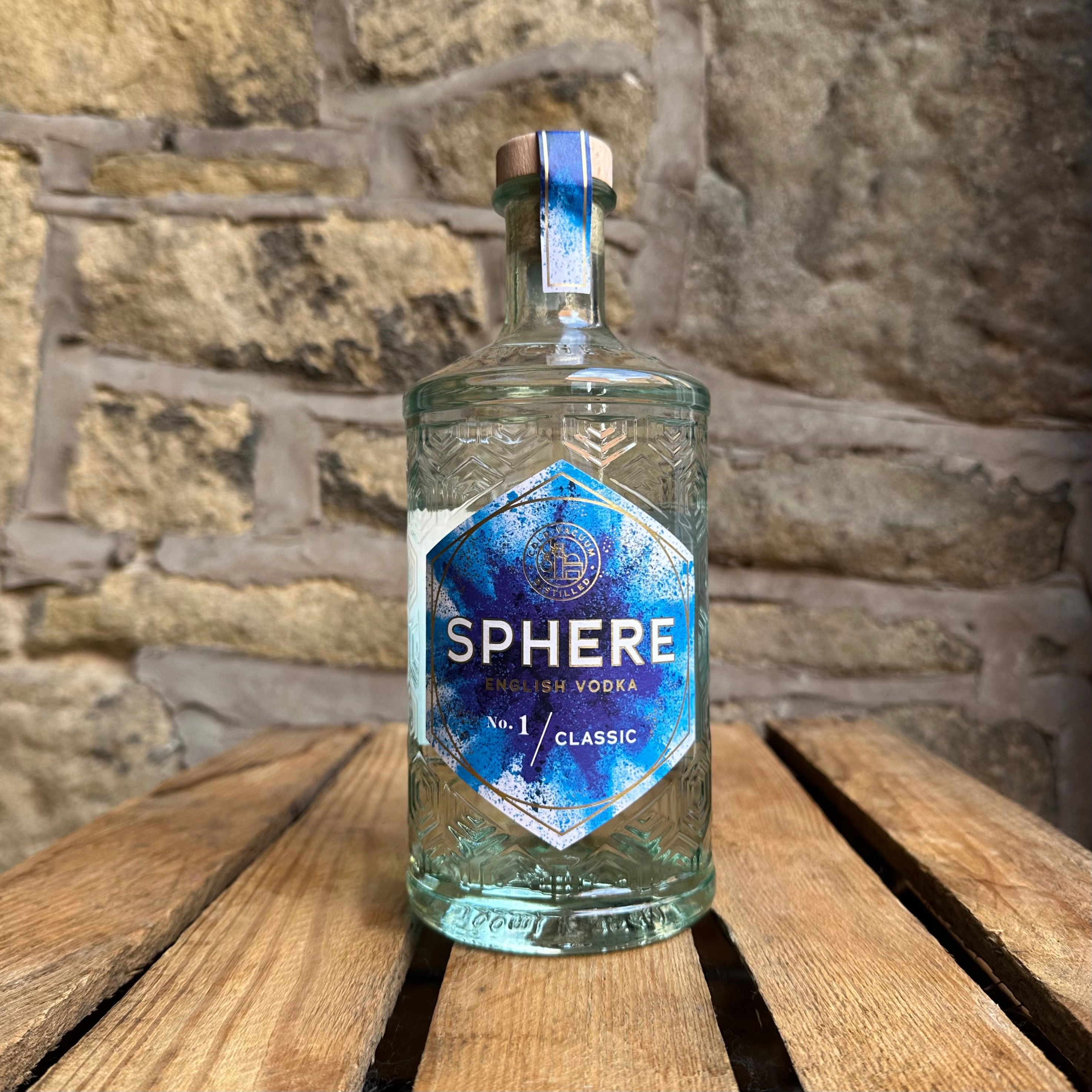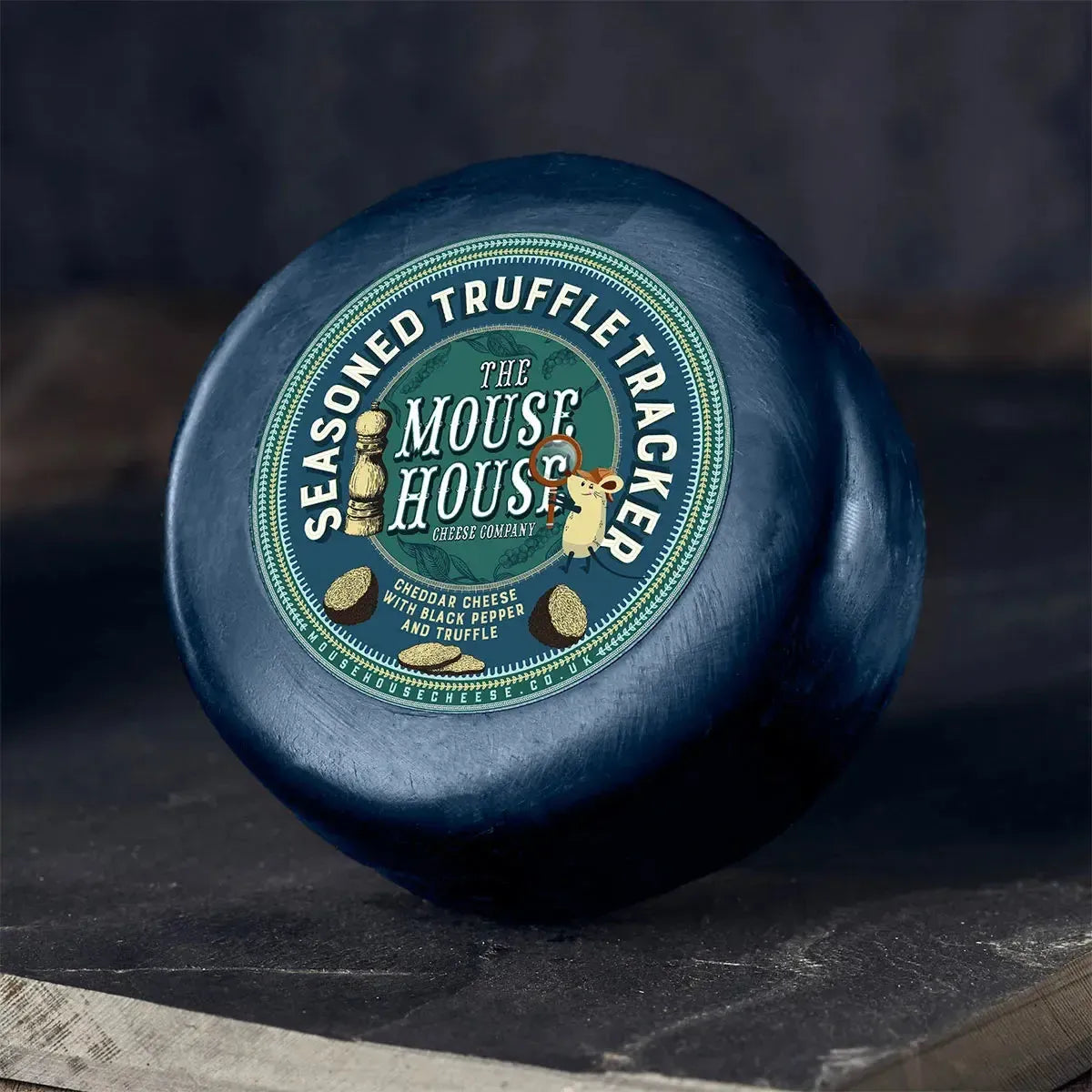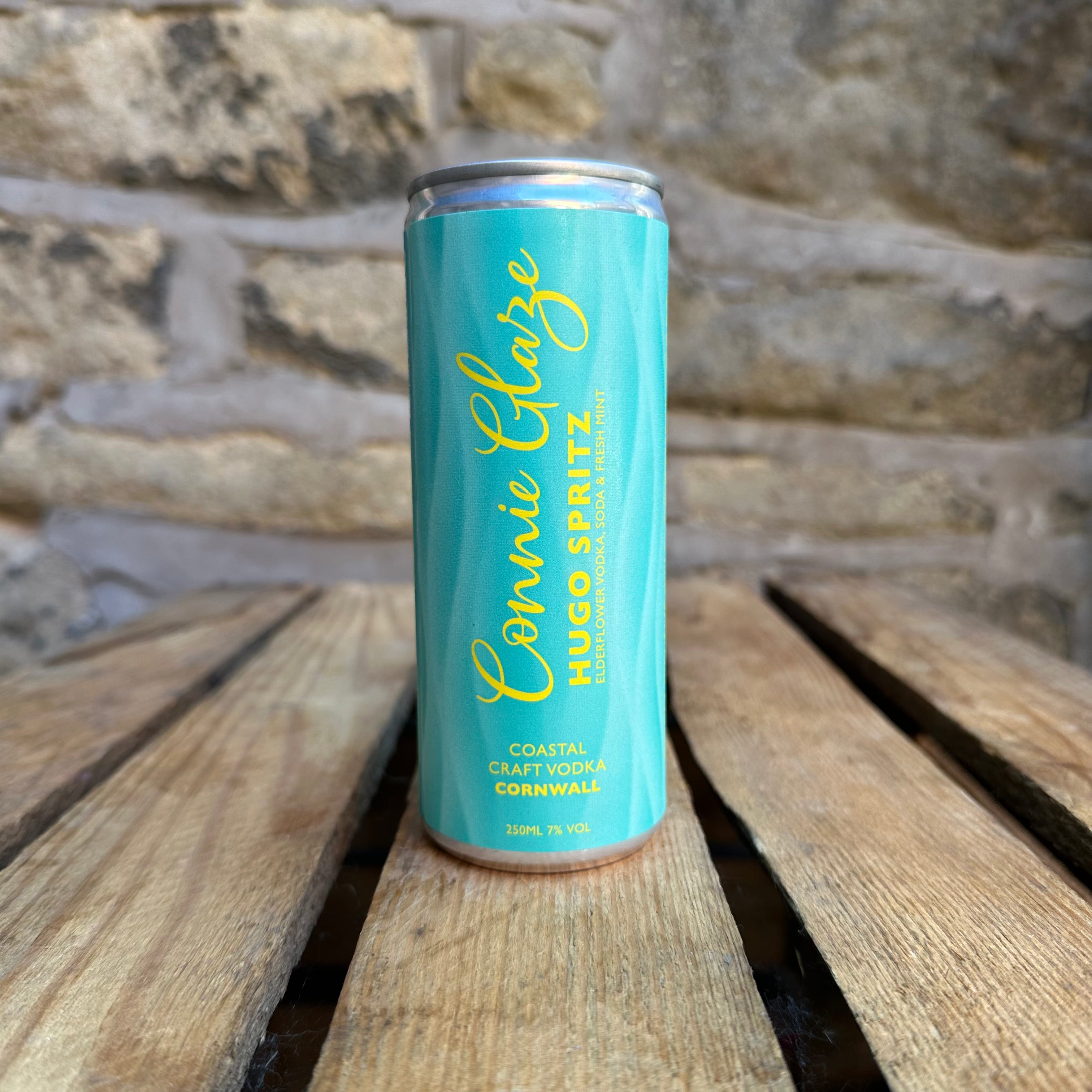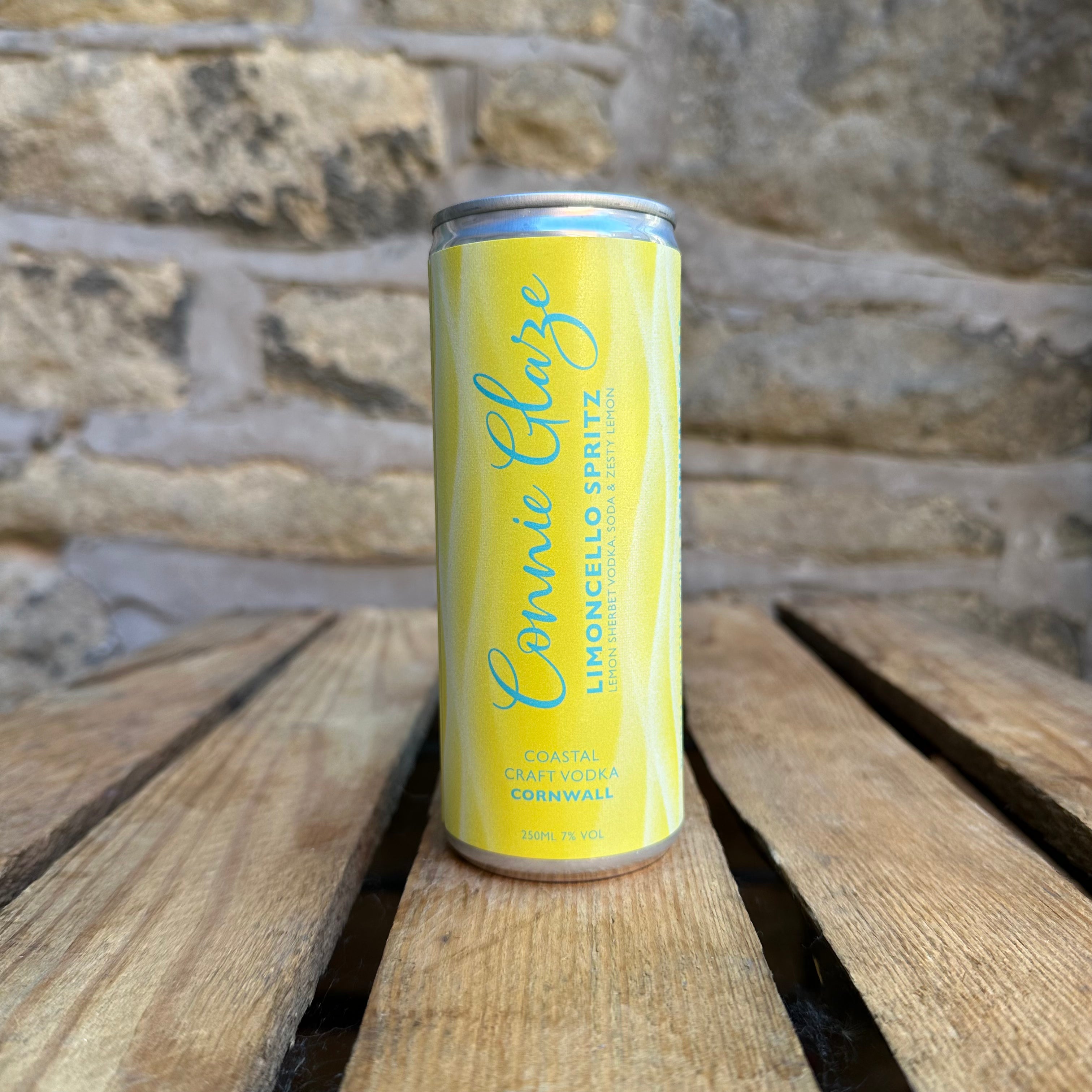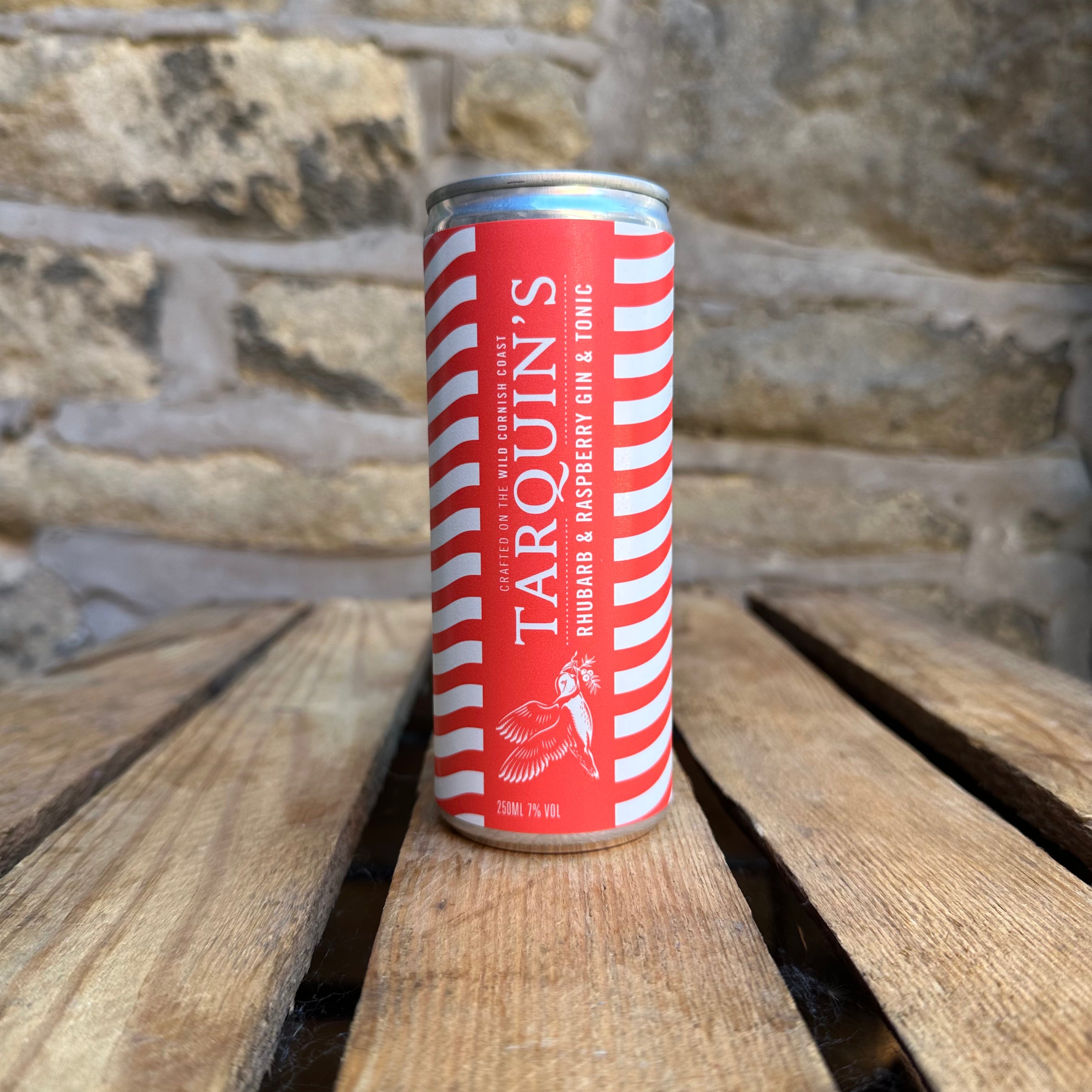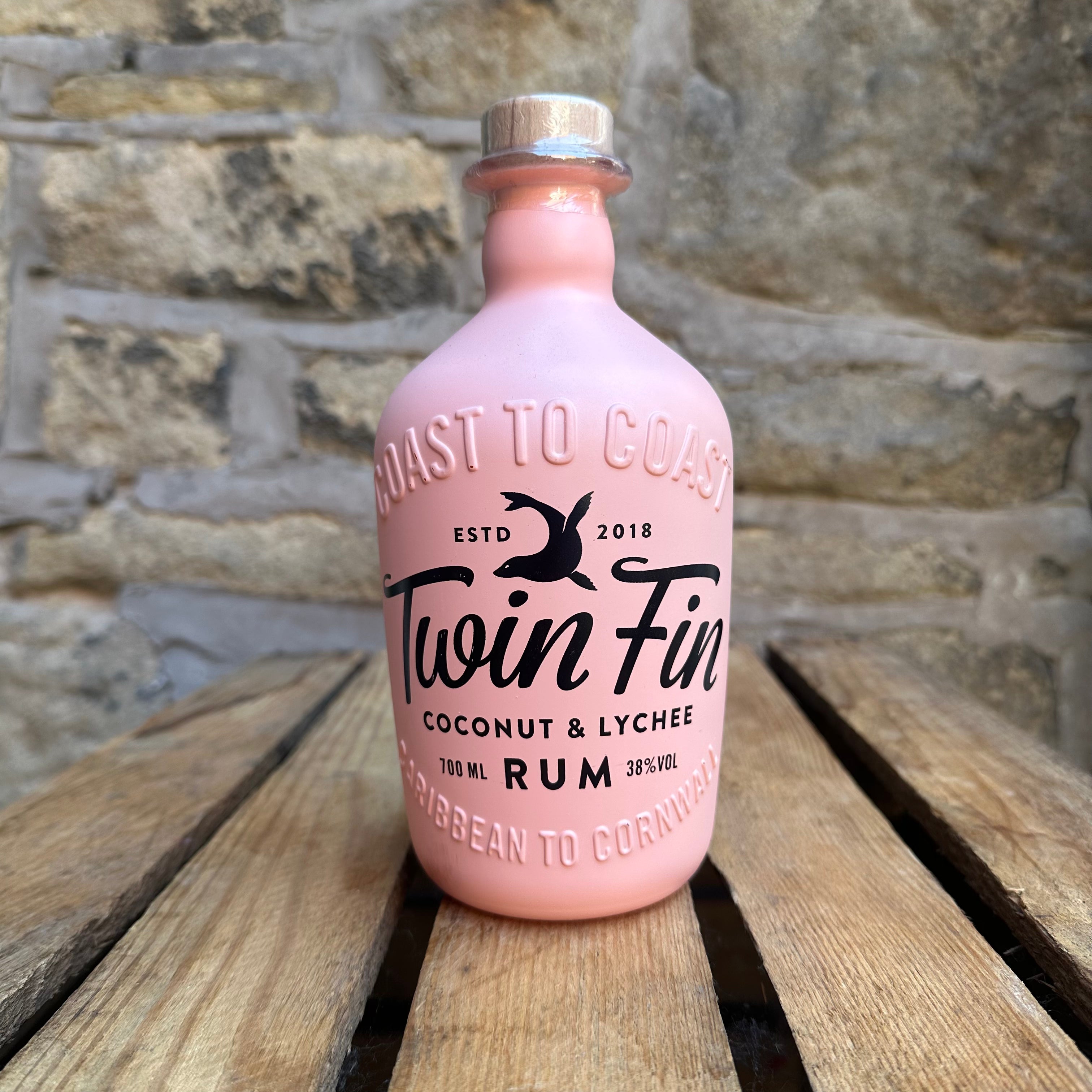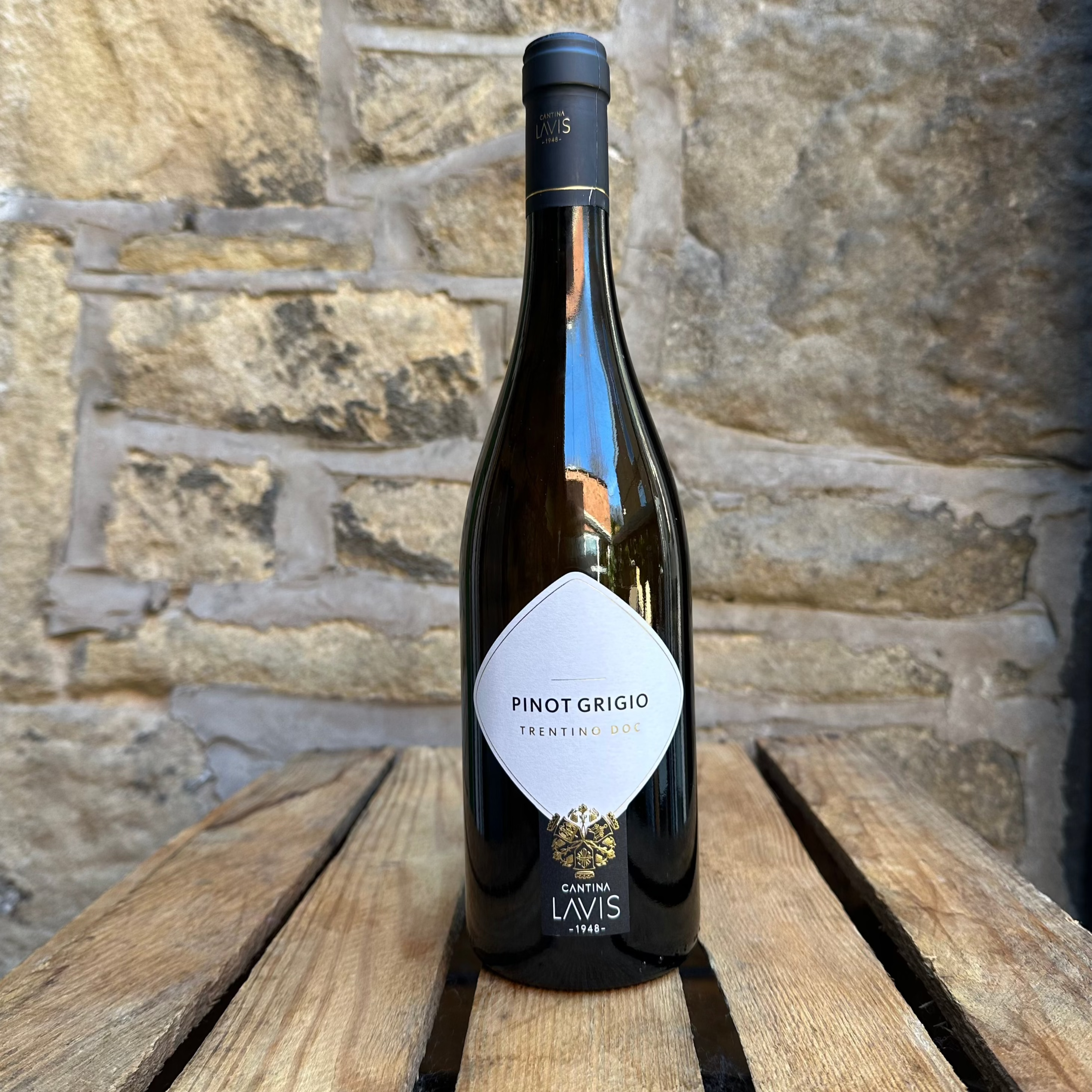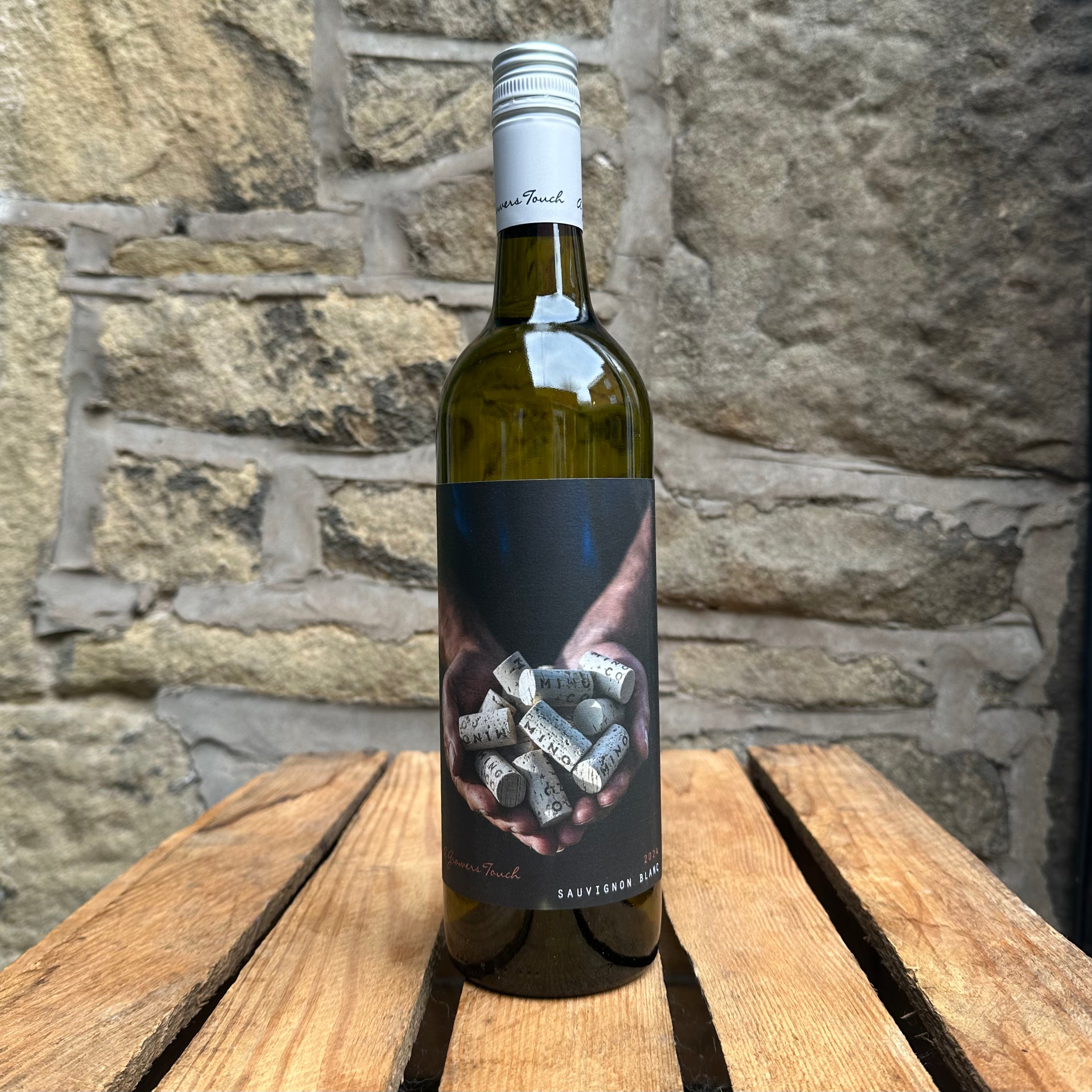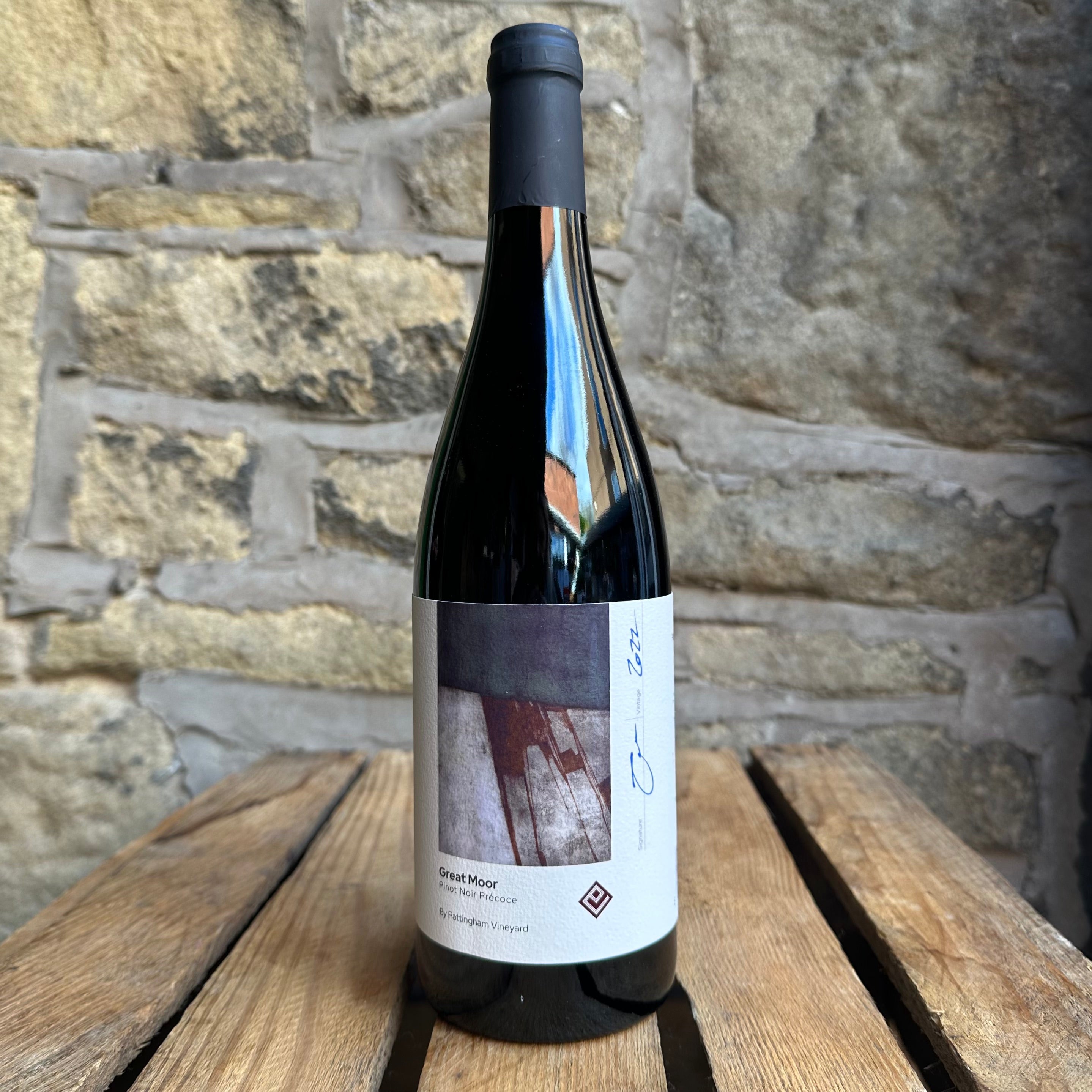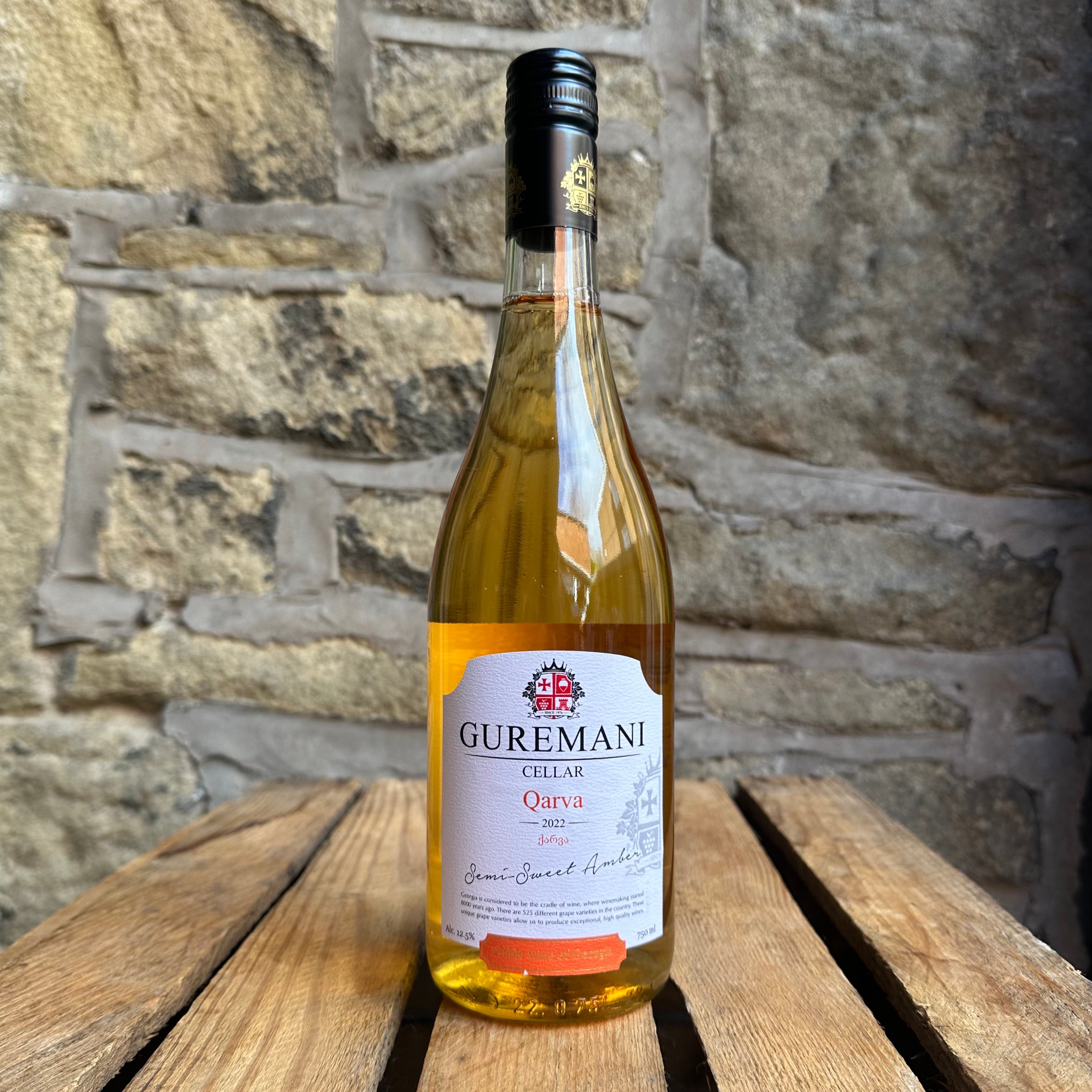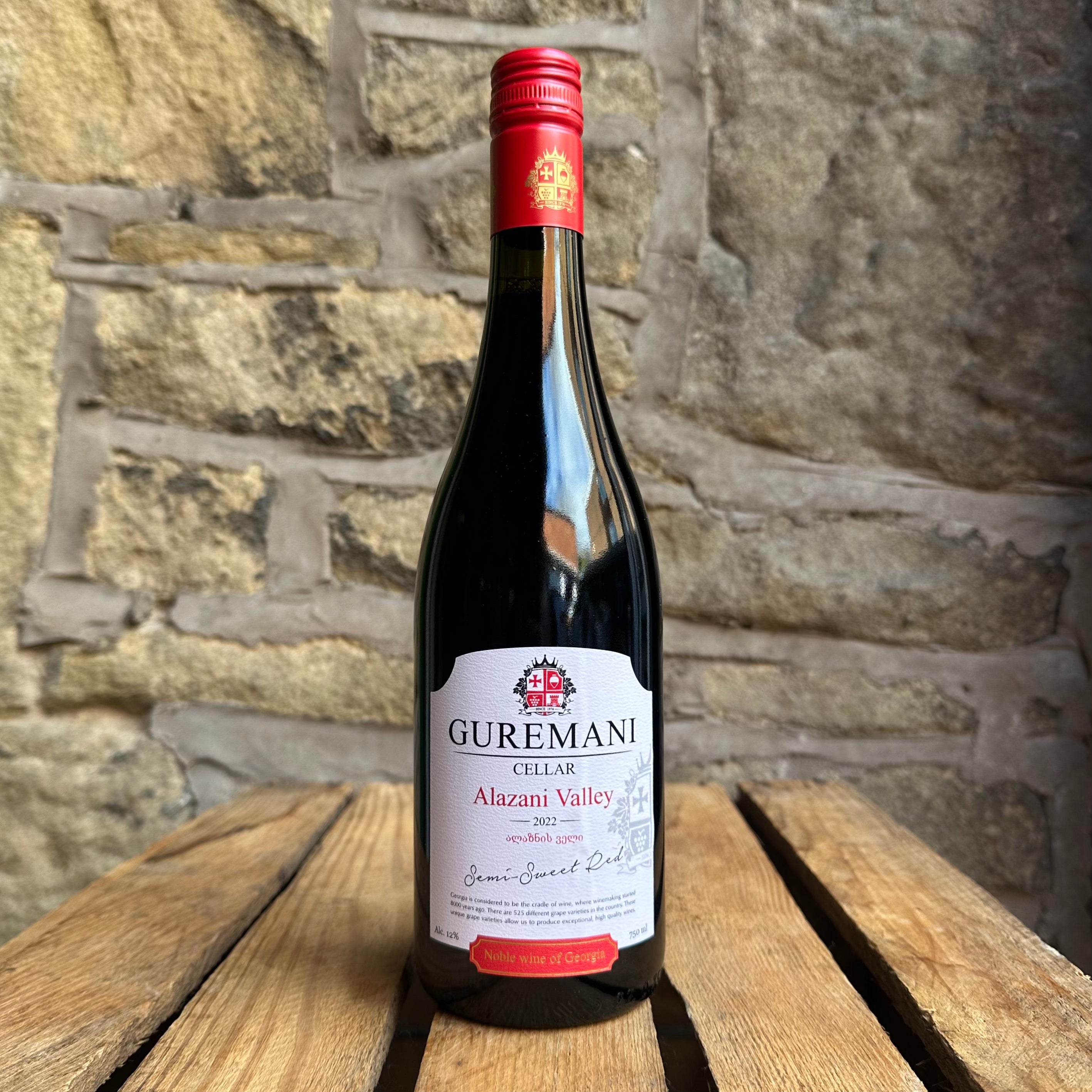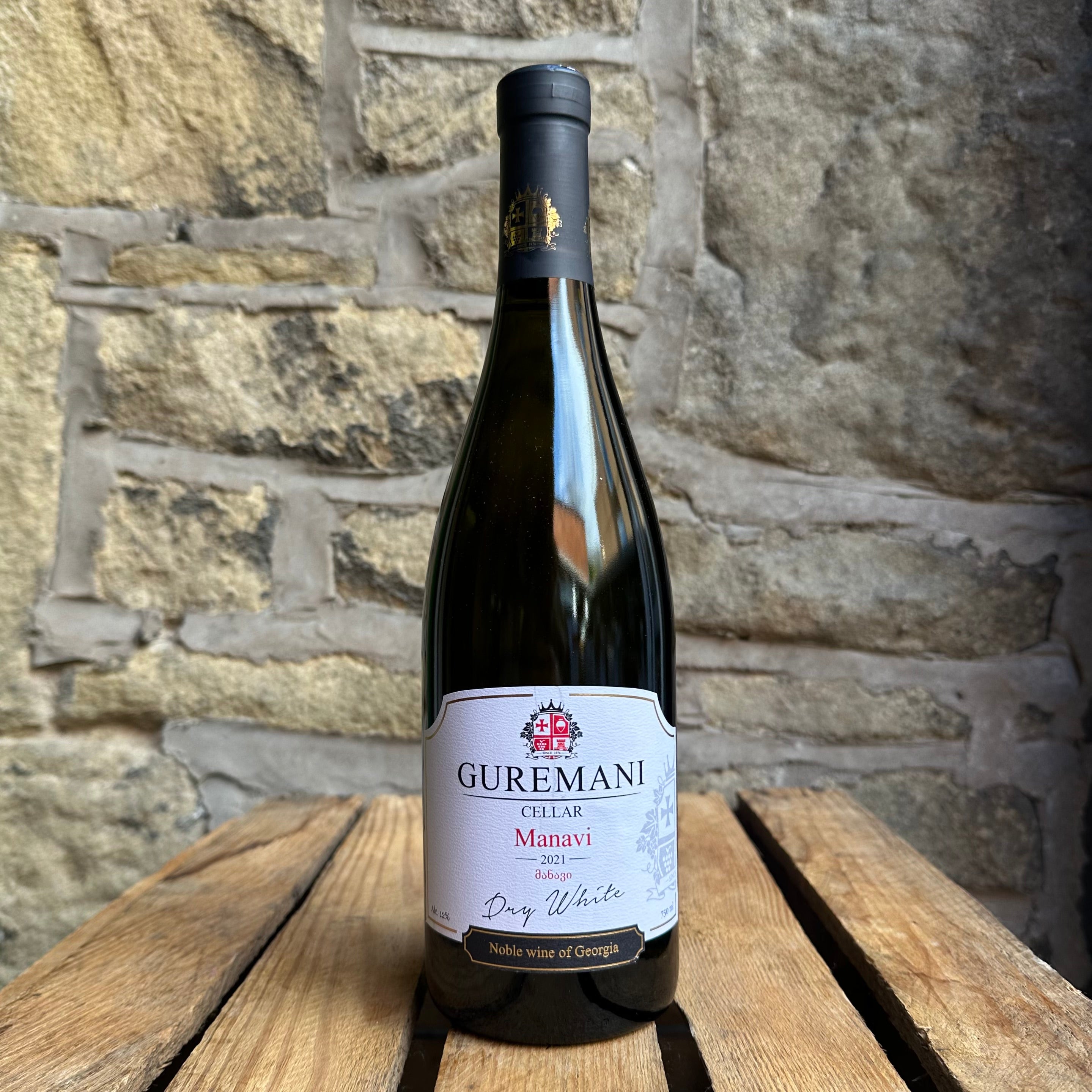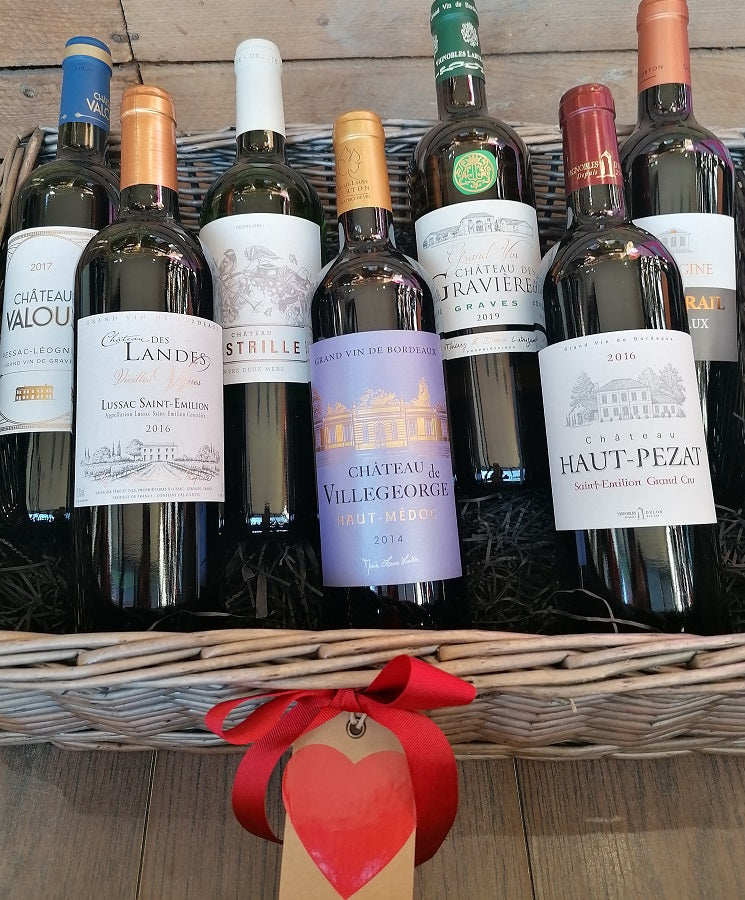
Wines Of Bordeaux

This month we celebrate Wines of Bordeaux, a region that has remained at the top of its game for many centuries. One of the most productive wine regions in France with 57 appellations, its classic fine wines are truly timeless.
This large port region has a range of wines from areas stretching along the Gironde river from the coast and then along its estuary rivers of Garonne and Dordogne further to inland France. The term 'claret' was coined for its red wines, but there is a wide difference to what one might experience with each bottle. What to expect very much depends on the area producing the wine, so we'll take a look at how to decipher what you are buying to suit your tastes.
GEOGRAPHY
The rivers of Bordeaux create excellent vine growing conditions along their path. The estuary and rivers is a great influence on the micro-climates and soils of surrounding areas, which is why the variety of wines available can be so rich. Its location made it a region that could easily export its wines further afield from an early time, and this longstanding reputation led to the historic and prestigious Bordeaux Wine Official Classification of1855 under Napoleon III, the first of its kind.
The southern side of the Gironde and Garonne rivers is known as the Left Bank, whilst the northern banks along the Gironde and Dorgone are known as the Right Bank. In the middle of the Dordogne and Garonne rivers is an additional area known as Entre-Deux-Mers.
Image: Chateau Villegeorge
GRAPES
This makes a difference to wines, as Left Bank wines are usually Cabernet Sauvignon dominated blends, whilst the Right Bank tends to move with Merlot focused blends. This is due to soil differences making each stretch more suitable for certain vines. Each side can also use the other grape within their blends, and are allowed to also use a small percentage of other varieties in wines, such as Cabernet Franc, Cabernet Sauvignon, Malbec, Petit Verdot. These additions are very much dependent on location and identity. Entre-Deux-Mers is known for white wine blends using a variety of native grapes.
Of course, just to make it ever more complicated, there are rare exceptions to this! Some famed wine houses produce stunning varietals or use other dominant grapes, and some areas on the banks can be more prevalent with white wine production.
LEFT BANK
The Cabernet Sauvignon loving Left Bank is renowned for powerful wines that stand up to long ageing, with some of the most famed Chateau and appellations in the world. The environment generally has deep limestone soils complemented by a gravel topsoil. This means that vines reach further for their nutrients and helps create robust and powerful Cabernet Sauvignon grapes. Many vineyards hold old vines, providing wonderful complexity of flavour and potential for long ageing, sometimes for decades.
The northern half is known as Medoc, becoming the famous Haut-Medoc area. Further south on the left side of the Garonne is the Graves area, followed by Cerons and Sauternes, the latter being known for its exceptional dessert wines. The other side of the Garonne holds other Bordeaux-classed areas before reaching central Entre-Deux-Mers. The Left Bank iincludes famous names such as Haut-Medoc, St Julien, Margaux, Pauillac and Pessac-Leognan.
WINES TO TRY
Starting with Haut-Medoc just to the south of Medoc at the tip of the Left Bank, where favoured grapes are Cabernet Sauvignon and Merlot. This area holds some of the original and most famous appellations of Bordeaux and all its wines are known for high quality. Soils have the most gravel with the region-wide limestone layers underneath, as well as some heavy clay and sand. Chateau de Villegeorge Haut-Medoc shows aromas of red fruits with spicy notes. Red and black fruits jostle for prominence in the mouth before warming spice on the long finish.
Image: Chateau des Desmirail
Margaux is one of the famous appellations lying within Haut-Medoc and has soils with very high gravel content, meaning their vines are some of the most hard-working in the area. Origine de Desmirail Margaux uses majority Cabernet Sauvignon with a touch of Merlot for intense aromas of spice and black cherries underlaid by more delicate red and black berry fruits, subtle leather and tobacco. Pleasantly light and silky on the palate with excellent balance and a ripe raspberry finish.
Moving onto Pessac-Leognan, an area that held itself up significantly within the wider Graves area as being in a class of its own. Cabernet Sauvignon and Cabernet Franc are favoured grapes with the typical gravel soils and an environment of pine forests. Chateau Valoux Pessac-Leognan shows an intense, pure nose of black fruits, bread and toasted almonds. The palate expresses ripe fruit flavour alongside currant and violet, silky tannins and refreshing acidity for superb balance. Able to age in bottle for 5 to 10 years.
The wider Graves area is unusual on the Left Bank as it is as respected for its white wines as its reds. Sauvignon Blanc and Semillon tend to be favoured grapes and wines are expected to have good minerality. Chateau des Graviers Graves blends these two equally with time on lees for a bouquet of peach, lime juice and delicate white flowers. The palate brings succulent, rounded texture with honeydew melon, light vanilla and toasty notes.
RIGHT BANK
The Right Bank has a number of smaller areas staring further inland north to south along the Dordogne river, including well known Cotes de Bourg, Pomerol, St Emilion and its satellites, and areas classified as Cotes de Bordeaux. The soils are still limestone dominated, but have less gravel in the topsoil and are more rich in clay. This favours the Merlot vine, with more easily accessible nutrients.
The hillsides of St Emilion add sand to the mix in soils. The wide variation in soils has led to distinct personality across the area, denoted by four satellite locations whose prefixes are often shown on the bottle: Lussac, Montagne, Puisseguin and St Georges. These lie further away from the river bank then the main St Emilion area but does not mean diminishment in quality, with each having its own unique identity.
WINES TO TRY
For example, the Lussac-St Emilion satellite is known for higher, rolling landscapes and complex, layered wines that display intense aromas, red fruit, subtle liquorice, prune and sweet spice, often good for bottle ageing. From this area, Chateau des Landes Lussac-St Emilion uses old vine grapes of 80% Merlot, 15% Cabernet Sauvignon, and 5% Cabernet Franc. This creates a very aromatic wine that lifts the nose with a delicious bouquet of black fruits and touches of white pepper. The medium bodied palate is satisfyingly rounded with supple tannins, freshness of acidity and a lengthy finish.
Moving back to the main St Emilion area, one of the highest classifications a wine can achieve there is that of Grand Cru. The stunning Chateau Haut-Pezat St Emilion Grand Cru blends 80% Merlot and 20% Cabernet Franc, aged in 2 year old casks for excellent depth and concentration, the wine shows intense aromas of ripe plums, damsons and sweet spice. The plummy, rich and velvety palate has beautifully soft tannins and a long, elegant finish.
ENTRE-DEUX-MERS
Finally, the Entre-Deux-Mers classification on labelling refers to white wines from this area. The red wines from this area are usually labelled simply as Bordeaux, and only their white blends, usually comprising Sauvignon Blanc, Semillon, Muscadelle and Ugni Blanc, can be labelled as such. Chateau Lestrille Entre-Deux-Mers is a great example with intense aromas of citrus, lime and pear. It unveils an expressive mineral character on the lively palate of good length and remarkable balance.
We hope this helps you negotiate the Bordeaux wine section in the future!
